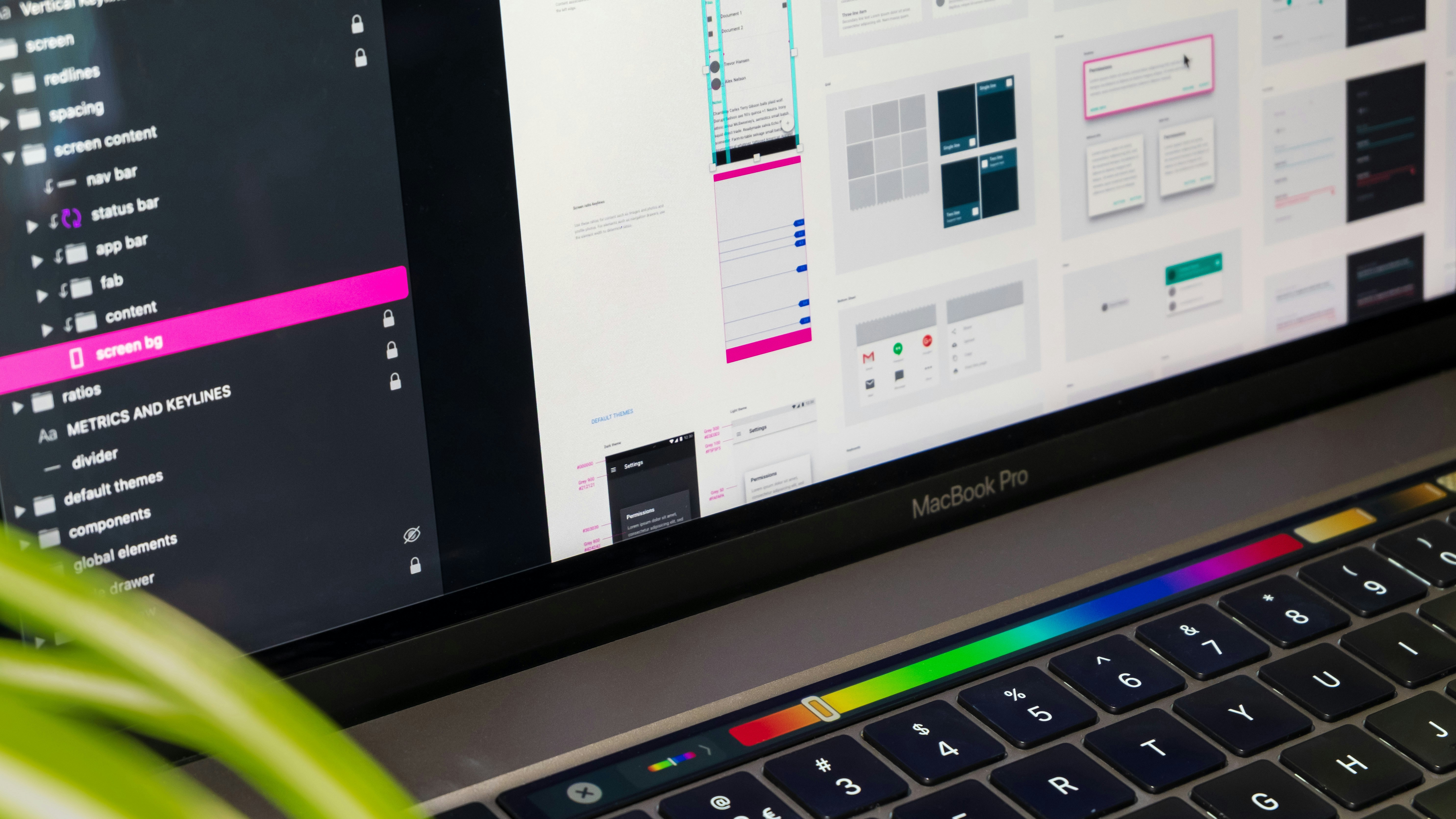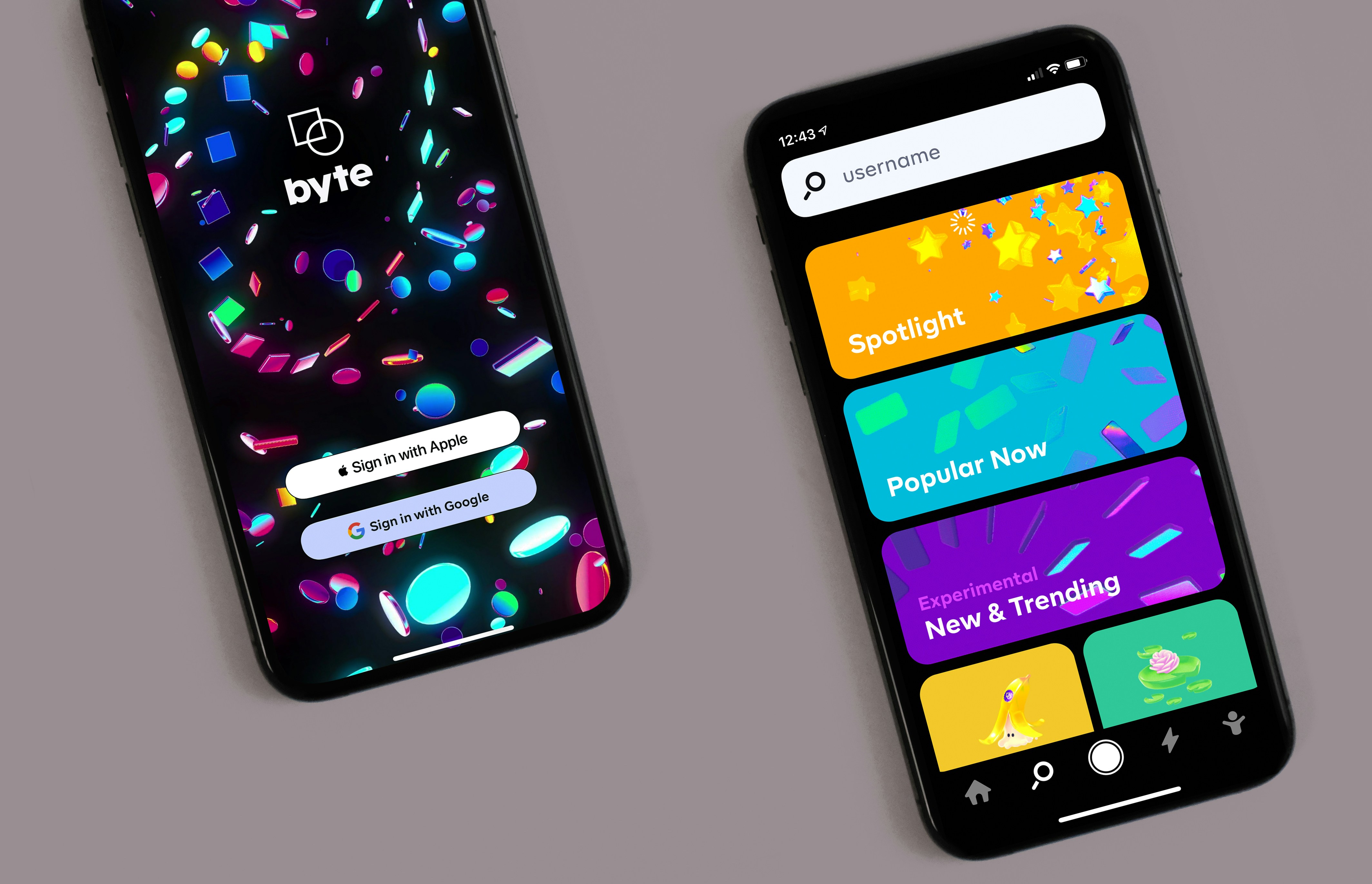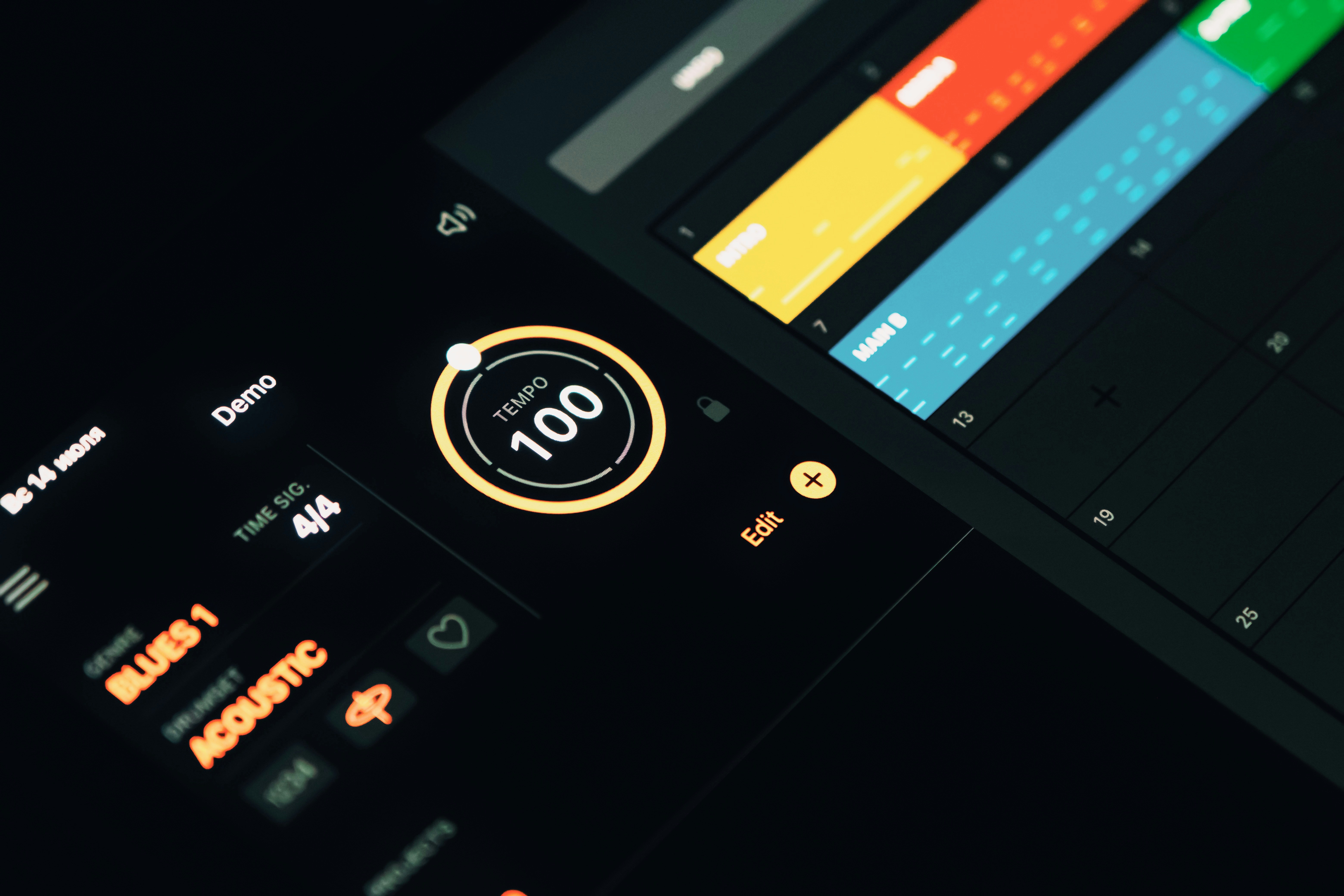The Impact of Microinteractions on UX
How Microinteractions Enhance UX by Improving Usability, Engagement, and User Satisfaction in 2025
Posted on
Jun 10, 2024
Posted at
UX/UI
In the realm of digital design, it’s often the smallest details that leave the biggest impression. Microinteractions—the subtle animations and feedback loops users encounter while interacting with a digital product—play a crucial role in shaping overall user experience (UX). Though often overlooked, these tiny moments can turn a basic interaction into a delightful and intuitive experience.
This article explores what microinteractions are, why they matter, and how they enhance UX when implemented thoughtfully.
What Are Microinteractions?
Microinteractions are small, contained product moments that accomplish a single task. They’re the tiny animations, visual cues, and feedback elements that guide, inform, and respond to user actions.
Examples include:
The subtle bounce when you refresh a feed
A heart animation when you like a post
A loading spinner after clicking a button
A toggle switch changing color when turned on
While they may seem minor, they have a cumulative impact on usability, feedback, and brand personality.
The Four Parts of a Microinteraction
According to designer Dan Saffer, every microinteraction consists of four key components:
Trigger – What initiates the interaction (e.g., a click, tap, swipe)
Rules – What happens during the interaction
Feedback – Visual, auditory, or tactile responses to inform the user
Loops and Modes – How the interaction evolves or repeats over time
Understanding this structure helps designers craft microinteractions that feel natural and serve a purpose.
Why Microinteractions Matter in UX
Though subtle, microinteractions serve several important functions that directly enhance the user experience.
1. Provide Instant Feedback
Users crave confirmation that their actions have been recognized. Microinteractions offer real-time responses—whether it’s a checkmark after saving a form or a vibration after sending a message.
This builds trust and confidence, reassuring users that the system is functioning correctly.
2. Improve Usability
Microinteractions guide users by signaling what’s clickable, draggable, or tappable. A hover effect, for example, subtly hints that an element is interactive.
They can reduce confusion, minimize errors, and make interfaces more intuitive.
3. Add Delight and Personality
Tiny animations can bring an interface to life. Whether it’s a playful loading animation or a quirky emoji response, microinteractions add an element of humanity and fun to digital experiences.
They can reinforce brand voice, making a product feel more engaging and memorable.
4. Help with System Status Communication
Users hate waiting, but they hate being left in the dark even more. Microinteractions like loading indicators, progress bars, or upload percentages keep users informed during transitions.
This improves perceived performance and reduces frustration.
Best Practices for Designing Microinteractions
Keep It Purpose-Driven
Don’t animate for the sake of it. Every microinteraction should serve a clear functional or emotional purpose—whether guiding, informing, or delighting the user.
Ensure Subtlety
Subtle movements are more elegant and less distracting. Use soft easing, gentle scaling, and smooth timing to keep interactions feeling polished.
Prioritize Speed
Microinteractions should be fast and responsive. A delay of even a few milliseconds can break the flow and cause friction.
Design for Context
Match the tone and intensity of microinteractions to the context. For example, a payment confirmation might require a more serious tone than a social media like button.
Maintain Consistency
Keep microinteraction styles aligned across the product. Use consistent transitions, easing curves, and visual language to build a coherent experience.
The Emotional Layer of UX
Beyond usability, microinteractions tap into the emotional dimension of UX. They can make users feel understood, appreciated, and even entertained. This emotional connection often differentiates good products from great ones.
Think of how a soft glow on a “Send” button offers reassurance—or how a friendly animation on an error page eases user frustration. These moments make digital products feel more alive and empathetic.
Conclusion
Microinteractions may be small, but their impact is monumental. They enrich UX by providing feedback, enhancing usability, expressing brand character, and creating emotional resonance.
When thoughtfully designed, microinteractions elevate the overall experience—turning mundane interactions into meaningful connections. In a world of high competition and short attention spans, these tiny moments might just be your product’s biggest advantage.
Let me know if you'd like this blog turned into a downloadable version or adapted for a specific platform like Medium or LinkedIn.



